Best star trackers for astrophotography 2025
Level up your astrophotography with one of the best star trackers this holiday season.
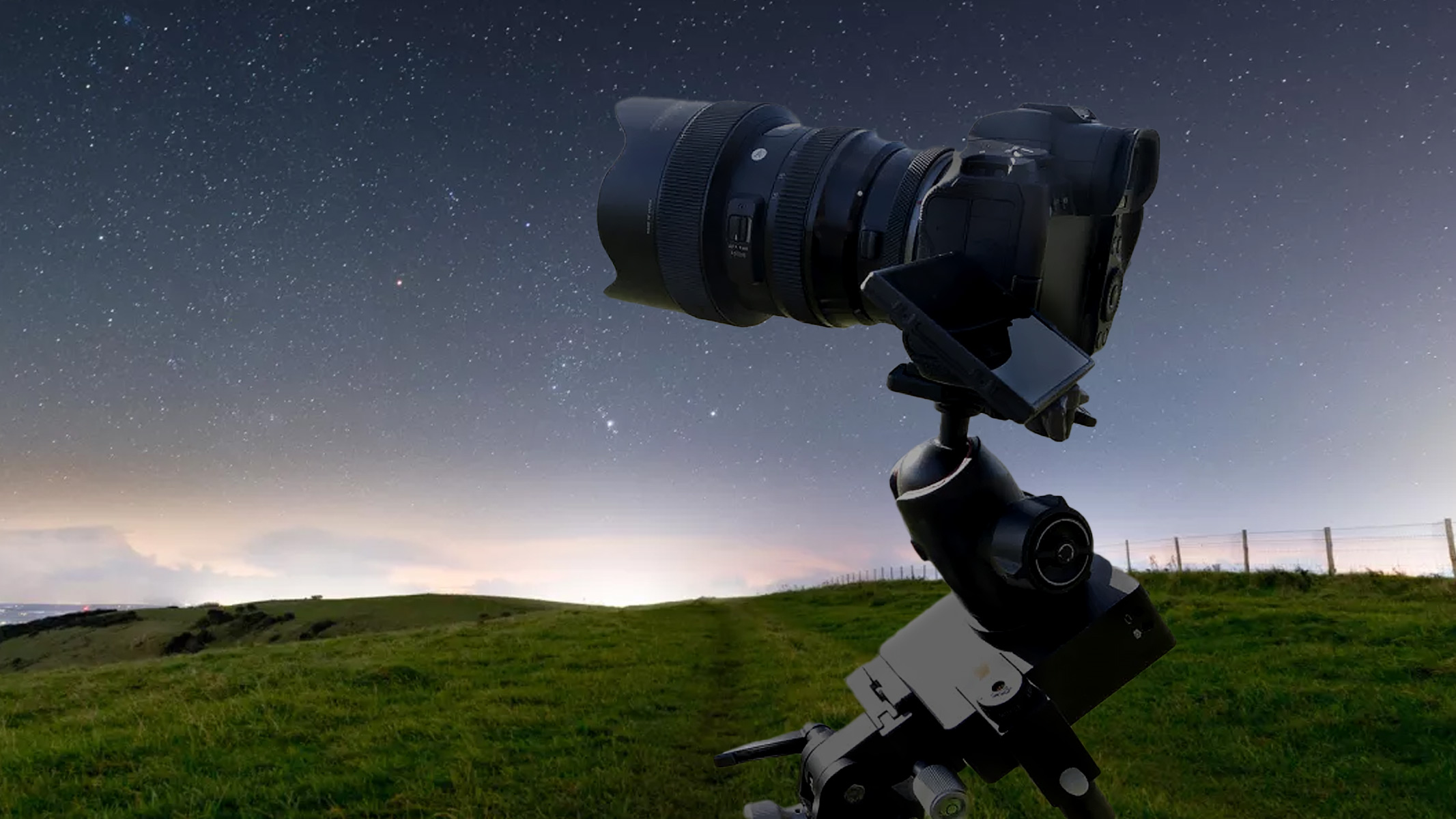
Best Star Trackers TL;DR
The best star tracker on the market right now is the Benro Polaris, which offers easy alignment, excellent build quality and can support heavy payloads up to 15 lbs. If you're after something more budget-friendly, the iOptrion SkyTracker Pro is a great option and it offers 24-hour run-time, great for long nighttime shoots.
Want to take your astrophotography to the next level? Then you'll want one of the best star trackers, especially if you're shooting long exposures. Star trackers compensate for the Earth's rotation, moving your camera so you're capturing a genuinely stationary view of your target. That's why we have rounded up the best star trackers, perfect for making the most of your astrophotography skills and equipment.
Looking to upgrade other aspects of your astrophotography gear? We have guides to the best cameras for astrophotography, the best lenses for astrophotography and the best tripods. Or if you're starting from scratch, take a look at our astrophotography for beginners guide.
The quick list
Below, we've rounded up our top picks of the best star trackers for astrophotography on the market and laid out their main characteristics. If you want more in-depth information, click the links to read more below.
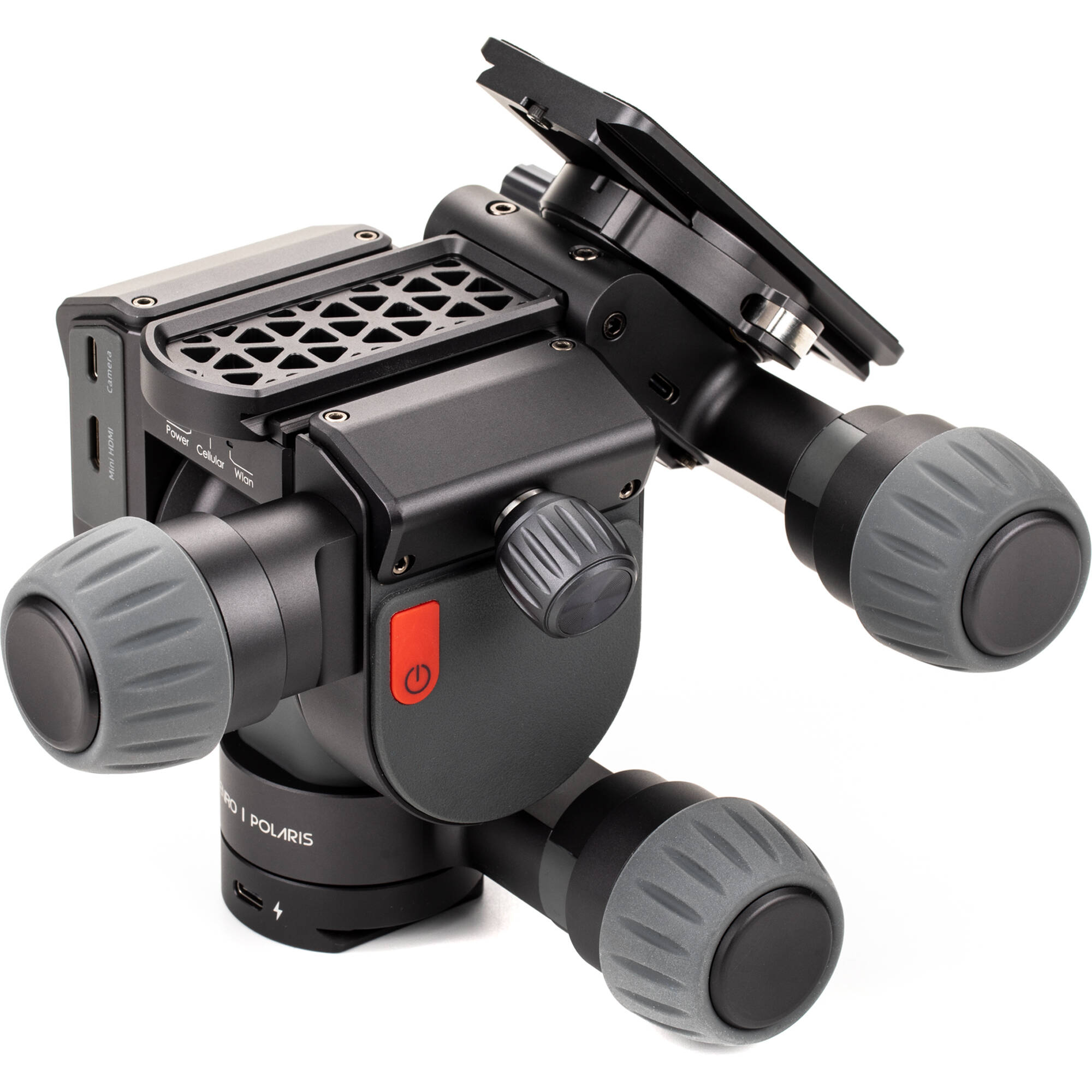
Best overall
The Benro Polaris is our top pick, but it's incredibly expensive. It's waterproof, has a huge-capacity battery and even has a built-in camera interface controller.
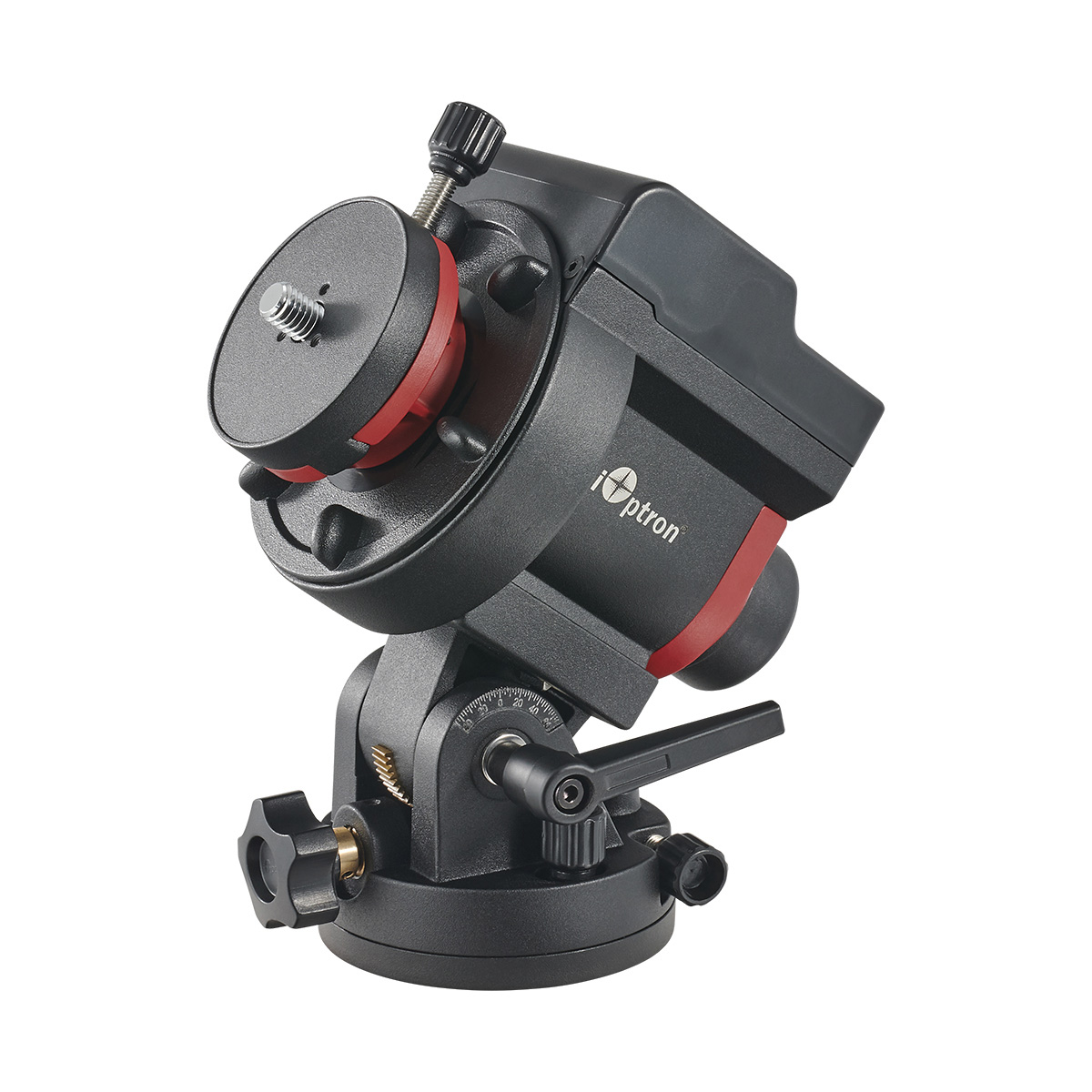
Best for deep sky astro
For deep sky astro, this is the one you want. It can hold high payloads so it's great for the heavier lenses needed for deep sky viewing, or even a small telescope.
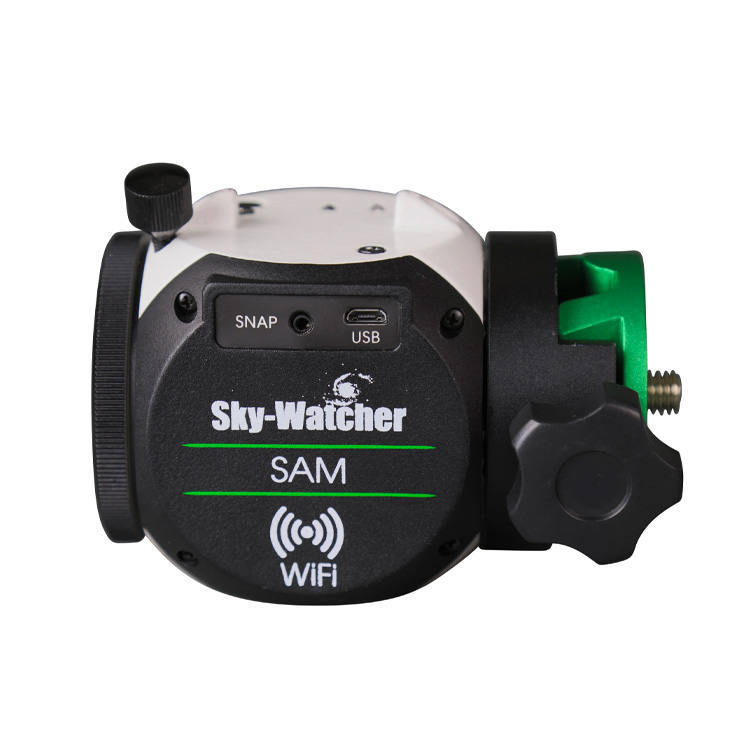
Best for mid-weight setups
The SAM is an excellent tracker with a compact and lightweight design, but it's let down by one thing — its poor app.
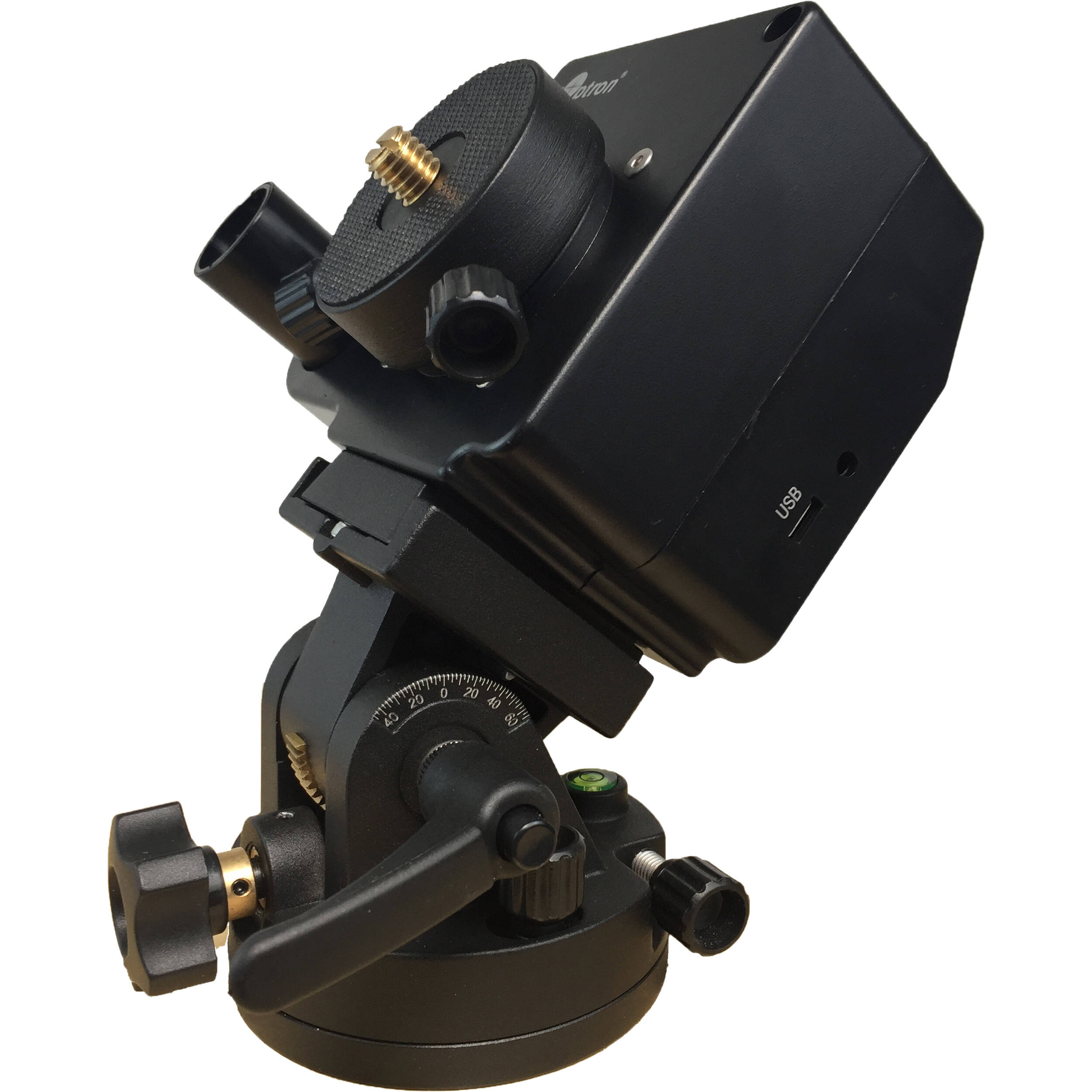
Best for battery life
Offering a whopping 24 hours of battery life, this is ideal for long nights of shooting. It's affordable, compact and lightweight, but it lacks ultimate precision.
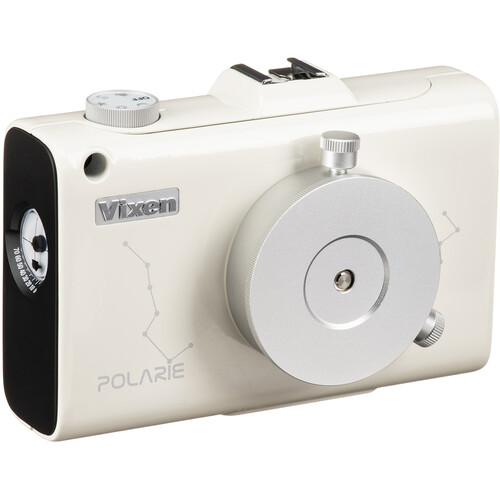
Best for small setups
This lightweight star tracker is best suited to the lighter payloads of up to 5.5 lbs you'll often encounter with mirrorless systems. It is slightly let down by its short battery life.
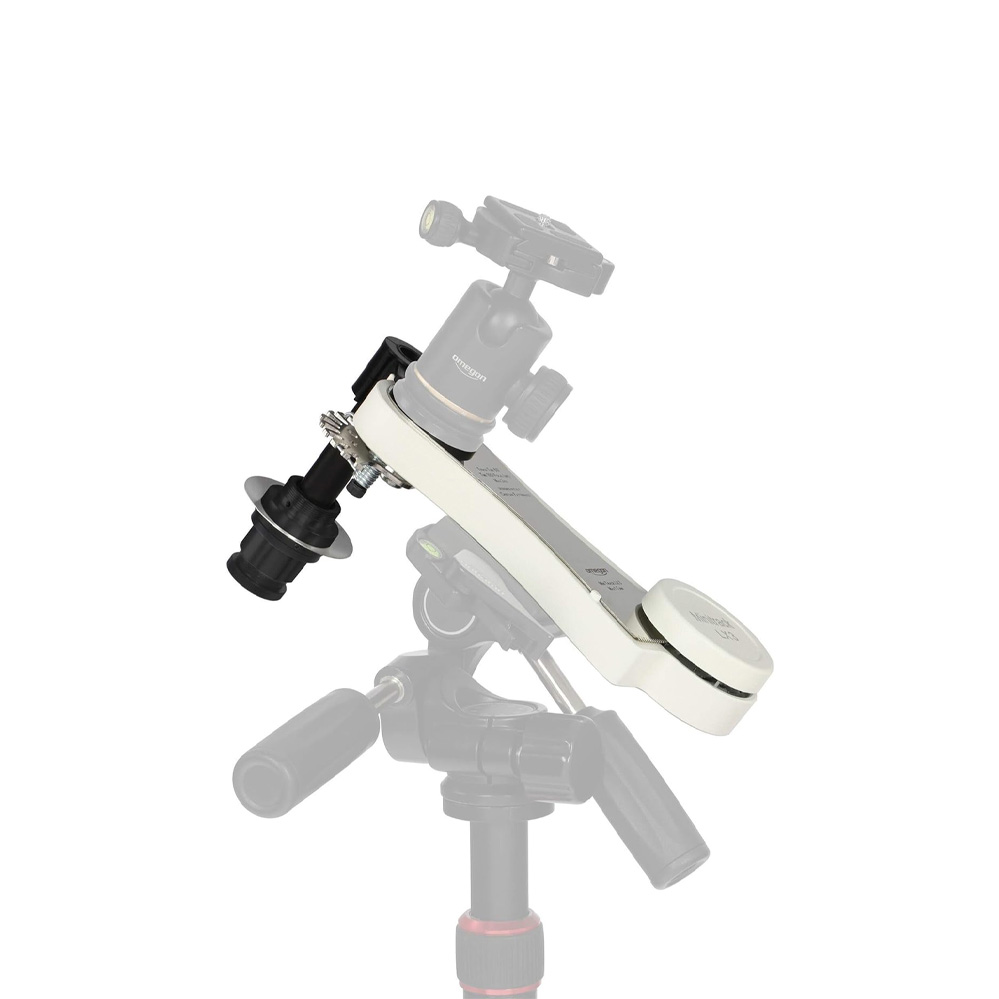
Best mechanical star tracker
No electronics or power here, just a purely mechanical star tracker that you wind up like a clock for 60 minutes of tracking.
Best star trackers for astrophotography we recommend in 2025
Why you can trust Space.com
Best overall
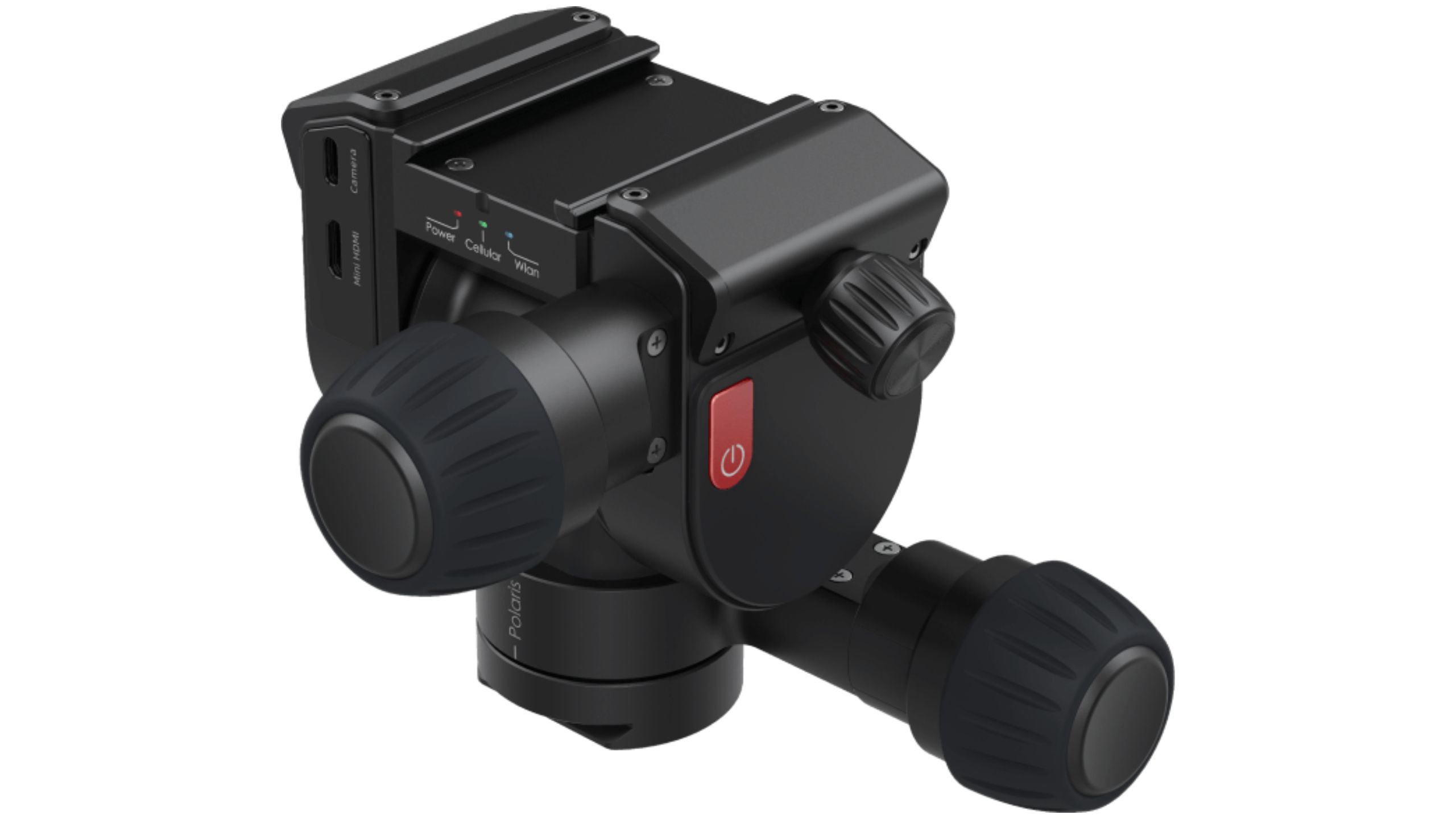
Benro Polaris
Our expert review:
Specifications
Reasons to buy
Reasons to avoid
✅ You have heavy kit: It can support payloads of up to 15 lbs/7 kg, the most on this list.
✅ You want something lightweight: Despite its ability to support heavier payloads, it only weighs 3.3 lbs/1.5 kg.
❌ You don't have a big budget: This tracker is incredibly expensive.
🔎 Benro Polaris: This is the star tracker to end all star trackers. Our only criticism is of its high price tag, which is to be expected with the amount of tech that this little device has in it. It's lightweight but still carries heavier payloads, and offers excellent star tracking capabilities. ★★★★★
Perhaps the Benro Polaris should be considered an electronic tripod head as opposed to a traditional star tracker, but it works in a similar way, and it has lots more bells and whistles that photographers will find very useful.
You can control the Polaris remotely by connecting it to an app on your smartphone. The app allows you to set alignment, adjust compositions and operate your camera's shutter remotely. The star tracker features means it can auto track the night sky, and you can even use it to take automatic panoramas, for example of the Milky Way.
On top of being packed full of the latest tech, the Benro Polaris has the highest payload capacity among the star trackers we've reviewed, supporting up to 15 lbs (7 kg) of camera and lens gear. Despite this high capacity, the device itself weighs only 3.3 lbs (1.5 kg), so you won’t have to worry about it weighing down your camera bag.
With a 2,500 mAh battery on board, the Benro Polaris is capable of lasting through a long shooting session. It's easy to charge, too, thanks to having a simple USB-C connection. We've also found it to be extremely reliable thanks to its powerful motors.
Better yet, the Benro Polaris has an IPX6 waterproof rating, which means it can be used in various weather conditions without you needing to worry about it taking damage. All of these positives, however, come with one big caveat: the Polaris is an expensive piece of kit, costing around $1,000. But if you can afford it and take your astrophotography seriously, we don't think you'll regret it.
- Benro also produces some of the Best tripods
Attributes | Notes |
|---|---|
Design | Excellent build quality. |
Performance | Can adjust photo compositions remotely. |
Functionality | Cutting-edge tech with auto-tracking functions. |
Best for deep sky astro
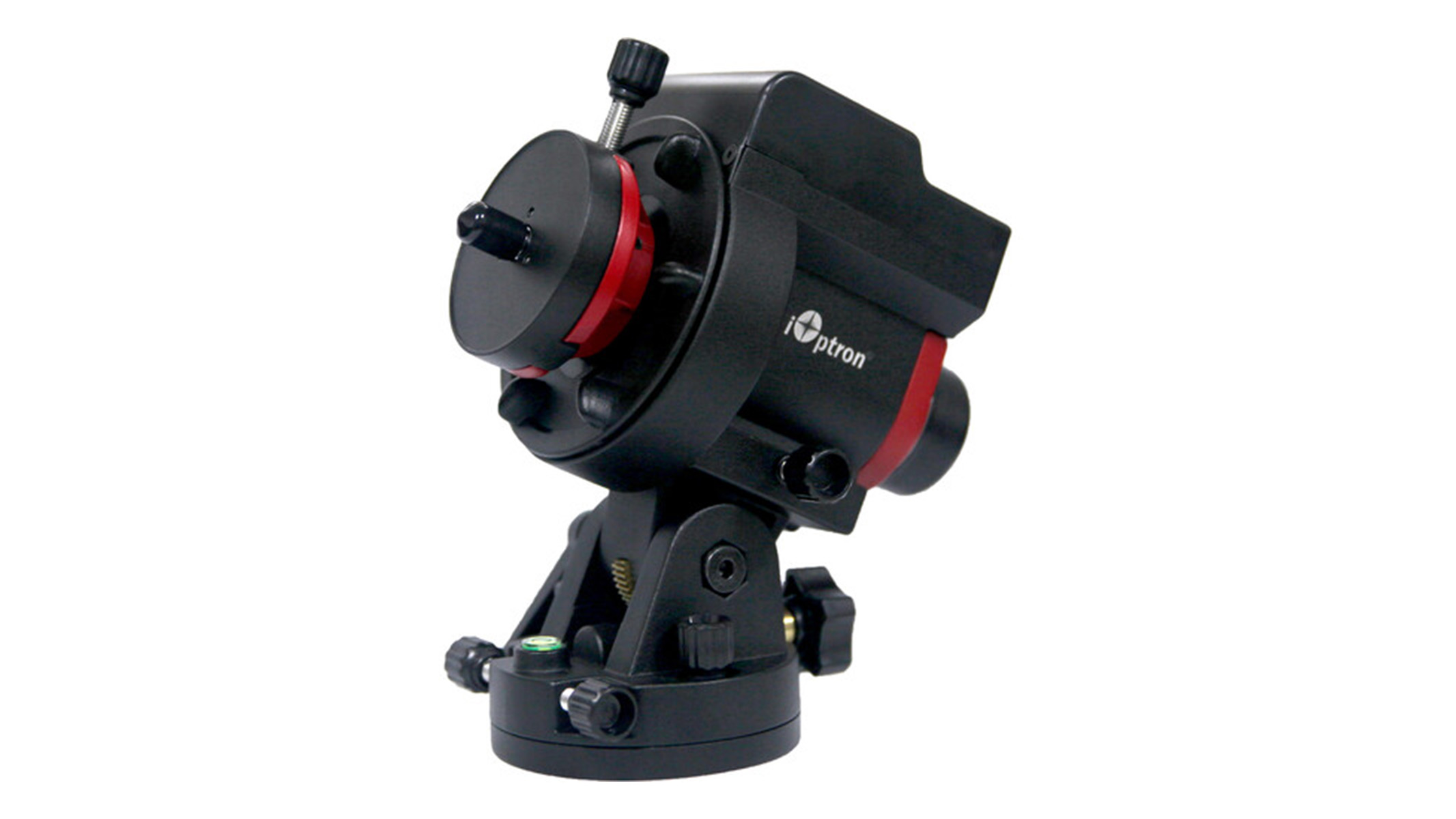
iOptron SkyGuider Pro
Our expert review:
Specifications
Reasons to buy
Reasons to avoid
✅ You do a lot of deep sky astrophotography: This star tracker is specifically designed for bigger payloads and longer exposures.
❌ You want something lightweight: It weighs 3.2 lbs/1.45 kg by itself, and it requires a counterweight which adds an additional 3 lbs/1.35 kg to your camera bag.
🔎 iOptron SkyGuider Pro: The perfect star tracker for shooting deep sky objects, this option is specifically designed for heavy payloads — you could even use a small telescope with it. However, it's expensive and not particularly lightweight. ★★★★½
Supporting up to 11lbs (5kg) of equipment, the iOptron SkyGuider Pro is a great choice if you frequently use large telephoto lenses. Heck, you could even attach a small telescope to this star tracker.
Coming in at a reasonable price, the iOptron SkyGuider Pro is a great choice if you don't want to break the bank — but it performs valiantly, making it an excellent value buy. The SkyGuider Pro has a good quality detachable alt-azimuth base, and we think the built-in spirit level and degree markings are seriously helpful when getting set up. The quick slew mode, which allows you to adjust your shots backwards and forwards quickly and easily, is a nice addition too.
Using the iOptron Polar Scope app on your smartphone, you can operate the electronic polar finderscope. It features four tracking speeds (full, half, and Moon and Sun tracking) and works for both the northern and southern hemispheres.
The electronic polar finderscope is easy to use thanks to the iOptron Polar Scope app. We love the fact it provides four tracking speeds (full-speed, half-speed, Moon and Sun tracking) for both the Northern and Southern hemispheres.
Our only minor criticisms were that the wedge occasionally lacks precision, and you'll need to use the Declination mount to attach a counterweight in order to achieve the highest payload levels. However, considering the price, this is still a solid option for anyone requiring a mount for heavier equipment.
- Learn how to view and photograph comets in our comprehensive guide
Attributes | Notes |
|---|---|
Design | Designed for bigger payloads. |
Performance | Best for deep sky objects. |
Functionality | Requires counterweight. |
Best for mid-weight setups
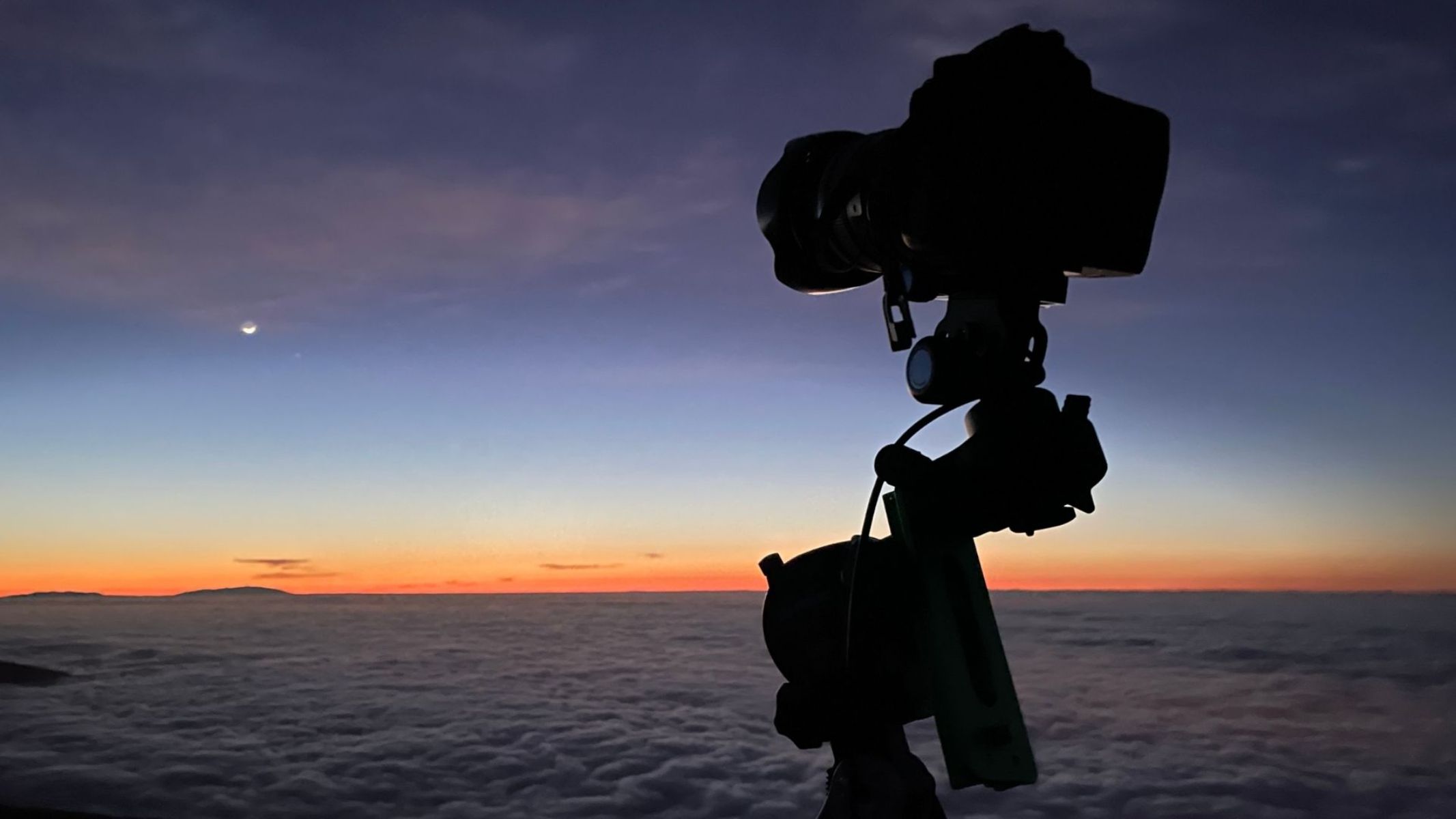
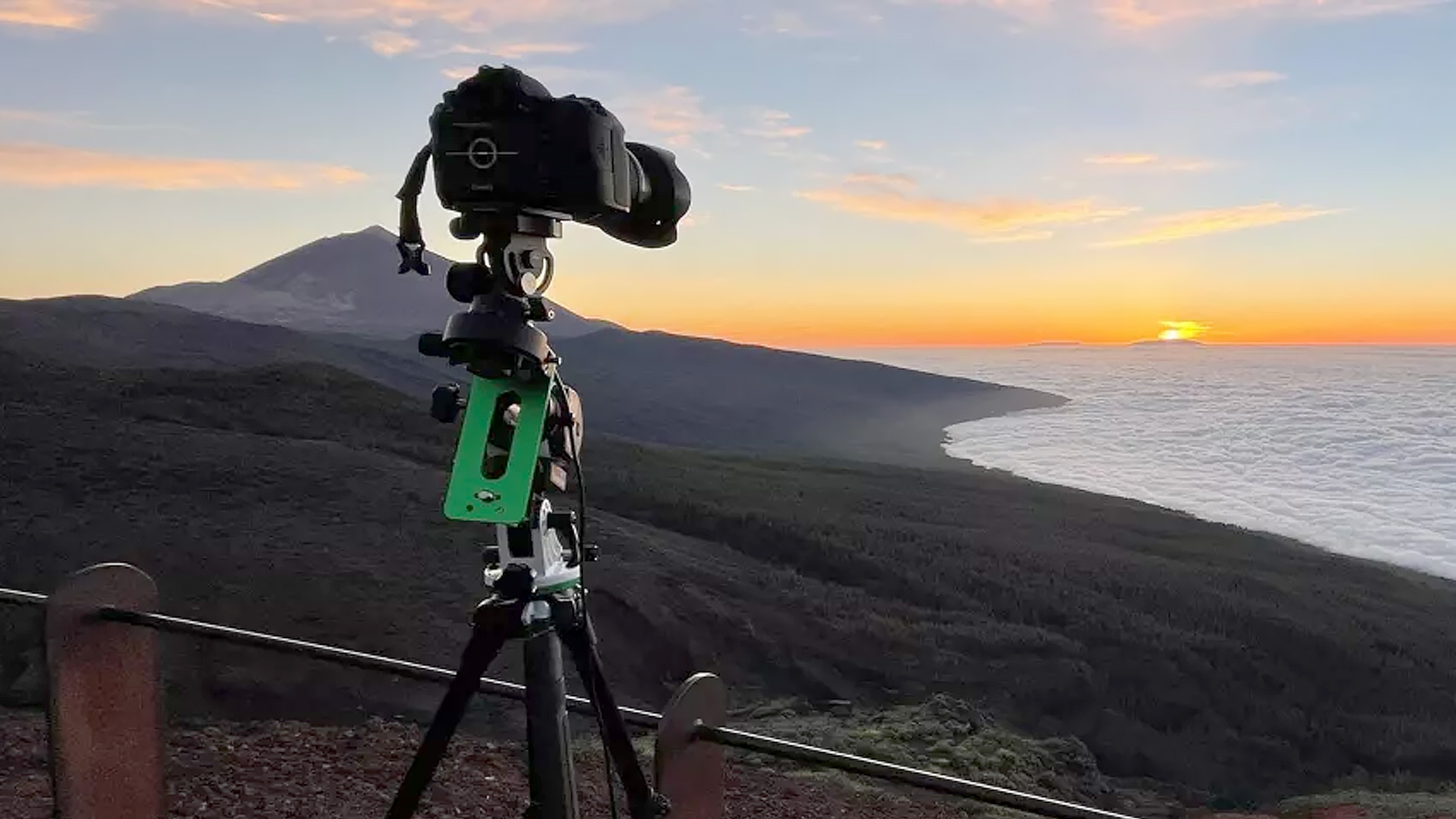

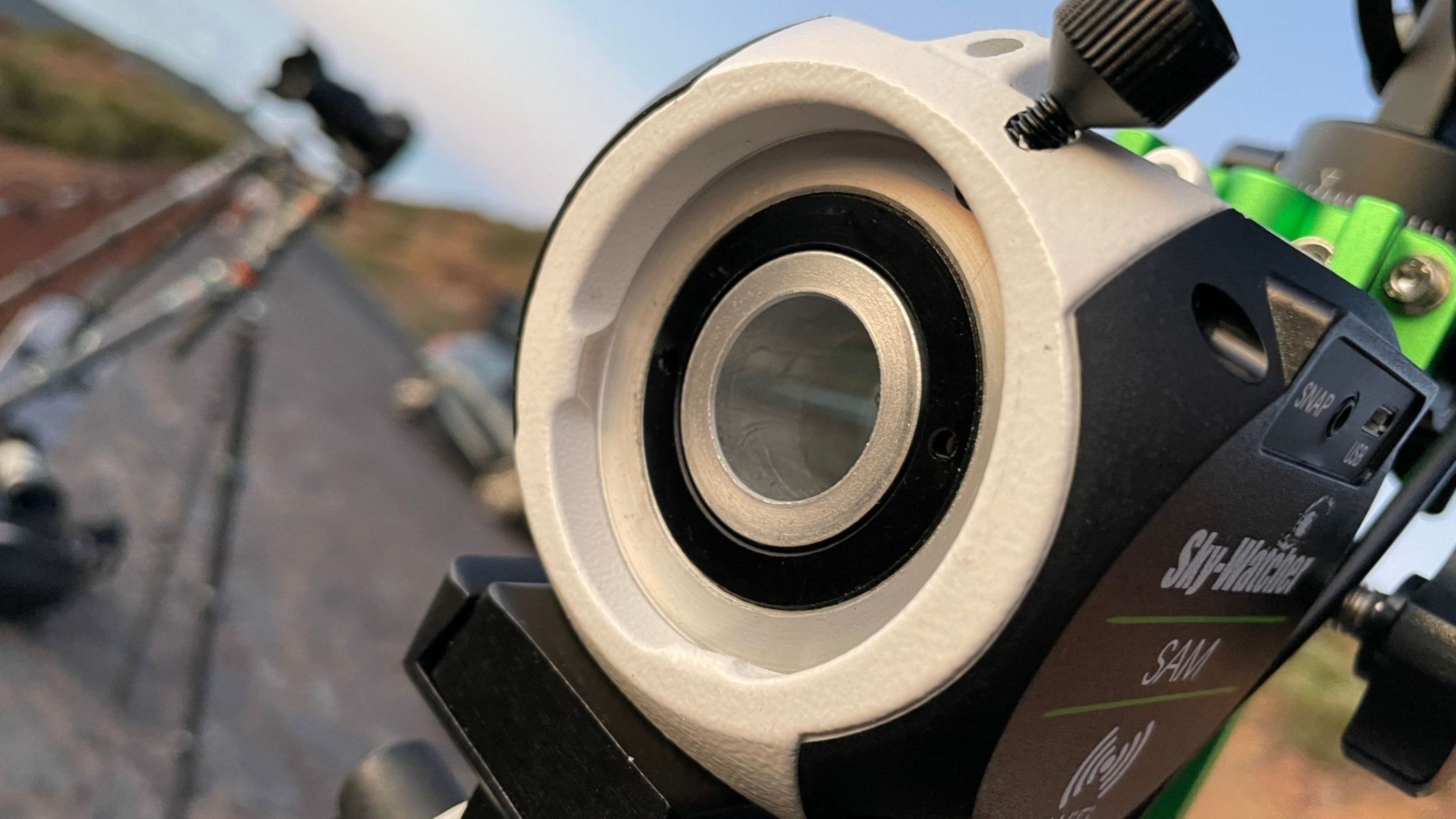
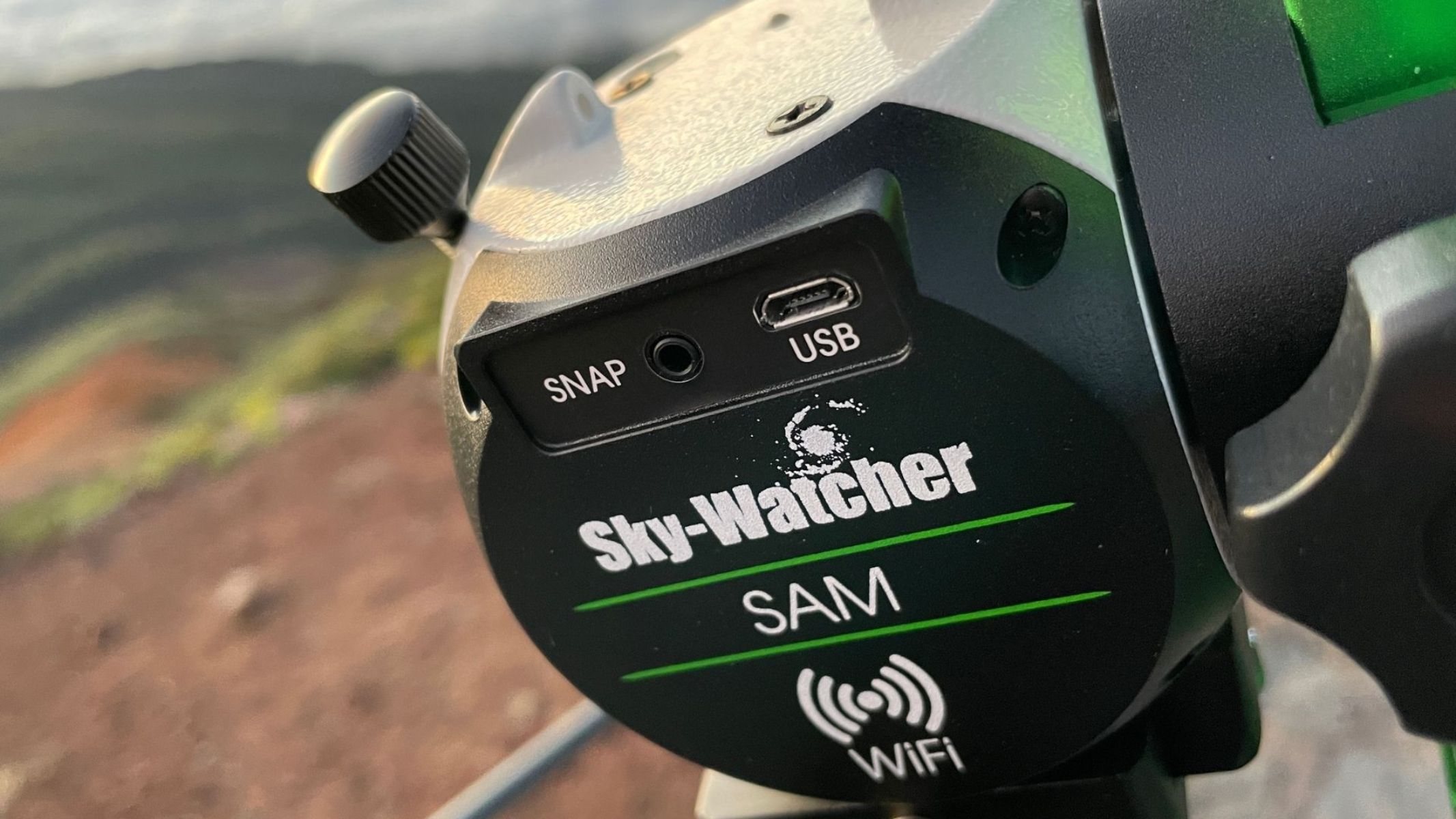
Specifications
Reasons to buy
Reasons to avoid
✅ You want exposures up to 4 minutes: For those nights of shooting long exposures, the SAM is a great choice.
✅ You don't have a super heavy setup: The SAM can support up to 3 kg, more than enough for most mirrorless setups.
❌ You want a reliable app: We noted in our review that the app crashes often and was overall quite bad.
🔎 Sky-Watcher Star Adventurer Mini: It's easy to use and one of the most accurate, versatile and best value star trackers on the market. However, it's got one major weakness — its app. ★★★★
The Sky-Watcher Star Adventurer Mini — otherwise known as the Sky-Watcher SAM — is a star tracker that offers fantastic value. It's highly portable thanks to its small size, while still being capable of carrying a moderate payload of up to 6.6lbs / 3.3kg of equipment). If you frequently travel around to catch the best night sky spots, the SAM could be a good choice for you.
In our Sky-Watcher Star Adventurer Mini review, we found this star tracker fairly easy to set up. We were also very impressed with the results once it was up and running, as it gave us pin-sharp stars during tracks of up to four minutes.
The 'Pro Pack' we tried out includes additional accessories like an equatorial wedge, a ball-head adapter and a polar scope for alignment, but it's worth pointing out that you'll need your own camera ball-head. The SAM operates on two AA batteries, but we found they only lasted about three nights of continuous shooting. For longer sessions, it's best to connect it to a portable battery using the micro-USB port.
The one main drawback we've found with the Sky-Watcher SAM is its accompanying SE Console app. We've had a very mixed experience using it, thanks to it regularly disconnecting — and sometimes just stopping working altogether. It's frustrating, particularly since the app is necessary in using the SAM, but there's hope that the app may be updated or improved over time.
Attributes | Notes |
|---|---|
Design | Compact and lightweight. |
Performance | Reliable tracking, but app is very bad. |
Functionality | 3kg payload. |
Best for battery life
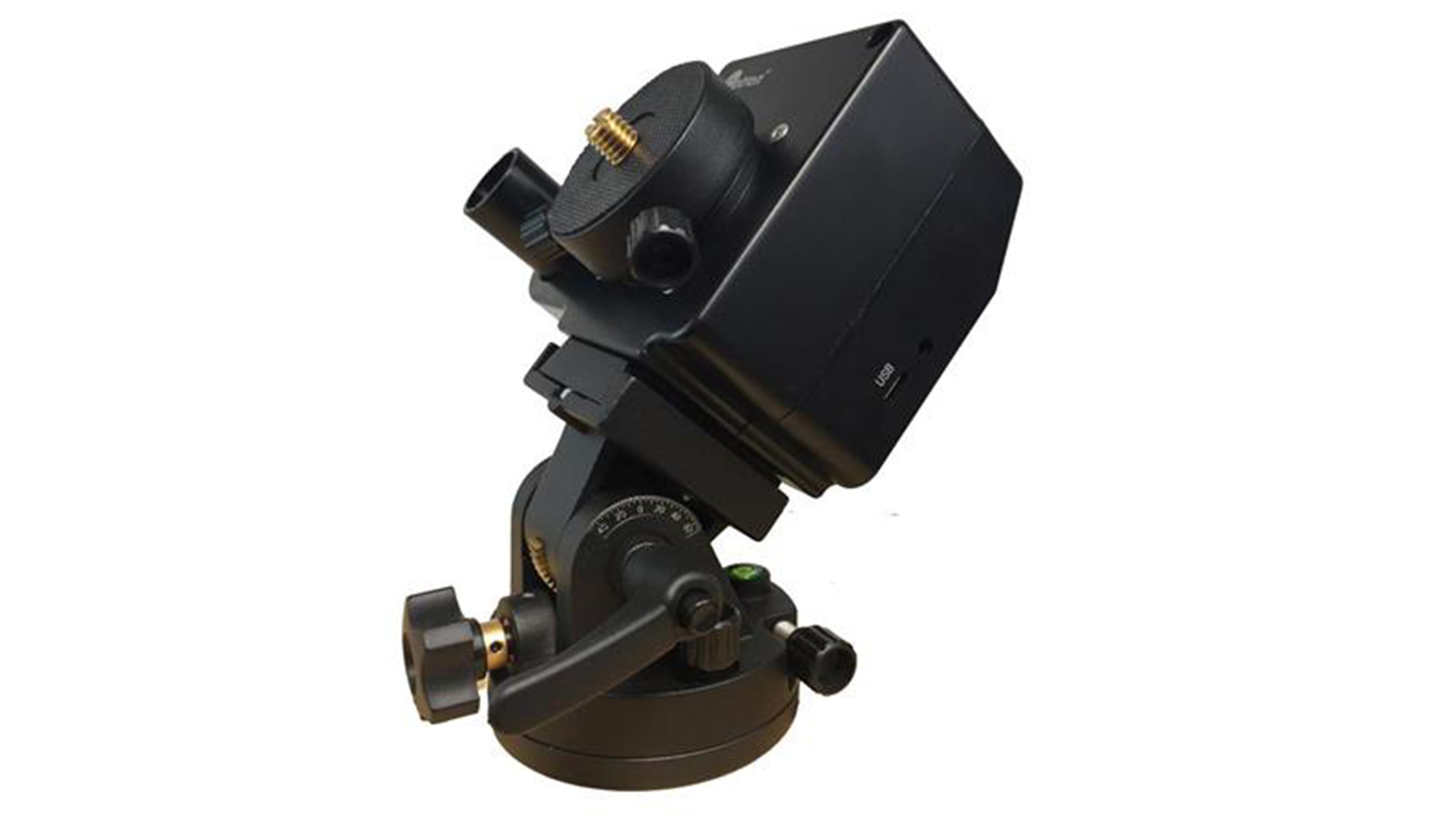
iOptron SkyTracker Pro
Our expert review:
Specifications
Reasons to buy
Reasons to avoid
✅ You're on a budget: While it isn't cheap by any stretch, for what it is, we think it's a very reasonable and affordable price.
✅ You shoot for long periods at a time: The internal battery boasts an impressive 24-hour runtime, perfect for long nights of shooting.
❌ You focus on deep sky nightscapes: Wide-angle nightscapes is where this star tracker excels, so if your main interest is deep sky objects, there are better star trackers for you.
🔎 iOptron SkyTracker Pro: An affordable star tracker with an impressive battery life, a compact and lightweight design, it can track a variety of celestial objects. ★★★★
The iOptron SkyTracker Pro is a great option for beginners or those on a budget. It's cost-effective and quick to set up, while still offering everything you need from a basic star tracker.
This tracker can only handle 6.6 lbs (3kg) of gear, much less than the iOptron SkyTracker Pro. As such, it's best suited for capturing wide-angle night scenes than deep space shots which require heavier telephoto lenses. The flipside is that the SkyGuider Pro is lightweight, coming in at just 2.5 lbs (1.1kg), making it one of the more portable options in this guide.
One neat feature of the SkyTracker Pro is its half-speed mode. It makes time-lapse photography a joy, particularly since it's so easy to set up, letting you be up and running in a matter of minutes. It tracks both the sun and the moon individually, too, so it's a very handy feature.
The real selling point of the iOptron Sky Tracker Pro in our opinion, though, is its outstanding battery life. You'll get up to 24 hours out of it on a single charge, so shooting through the night should be no problem. If you tend to head out into the wilderness with your camera it's a great choice as you don't have to worry about running out of power.
The SkyGuider Pro also comes with useful accessories such as a counterweight and declination bracket, enabling you to increase its payload capacity when using heavier gear.
- Take a look at the best camera backpacks to keep your kit safe while traveling
Attributes | Notes |
|---|---|
Design | Compact and lightweight. |
Performance | Impressive 24 hour battery life. |
Functionality | Offers Sun and Moon tracking. |
Best for small setups

Vixen Polarie Star Tracker
Our expert review:
Specifications
Reasons to buy
Reasons to avoid
✅ You have a lightweight setup: It can only hold loads of up to 5.5 lbs / 2.5 kg.
❌ You want to do a lot of long exposures: It only has a two-hour battery life, so you'll need a separate power bank for long nights of shooting.
🔎 Vixen Polarie Star Tracker: For astrophotographers who only have a lightweight setup and don't need to use it for hours at a time, it's a decent option. ★★★
Weighing just 1.4 lbs (635g), the Vixen Polarie is the perfect choice if being extra-portable is high priority for you. Of course, being such a lightweight product means it has a lower payload than most other star trackers: the Polarie will hold up to 5.5lbs (2.5kg). It's not insubstantial — it's more than capable of holding most mirrorless or DSLR cameras as long as you're not using extra-long telephoto lenses.
If you can't leave the telephoto lens at home, not all is lost: You can purchase an upgrade kit to increase the Vixen Polarie's capacity to 14.3lbs (6.5kg). That's seriously impressive, and the upgrade also includes other useful features like a mounting block, improved polarscope and a counterweight.
The Vixen Polarie has a half-speed option for capturing night-time timelapses, and it can track the sun and the moon. One of its major drawbacks is the relatively short battery life, which only lasts two hours, so we'd recommend connecting it to a portable power bank via the micro-USB slot if you're planning a longer shooting session.
One thing to note is that you'll need to align this start tracker manually using the compass, built-in latitude meter and polar sight hole supplied. This means you'll need to be confident in locating Polaris and/or the south celestial pole, although there is a red light and the Vixen PF-L Assist app to help you with this. Check out our guide to locating the North Star if you need any further tips and pointers.
- Check out the Zendure SuperTank Pro power bank which is perfect for power-hungry astronomers
Attributes | Notes |
|---|---|
Design | Compact size. |
Performance | Small payload and battery life. |
Functionality | Tracks Sun and Moon. |
Best mechanical star tracker
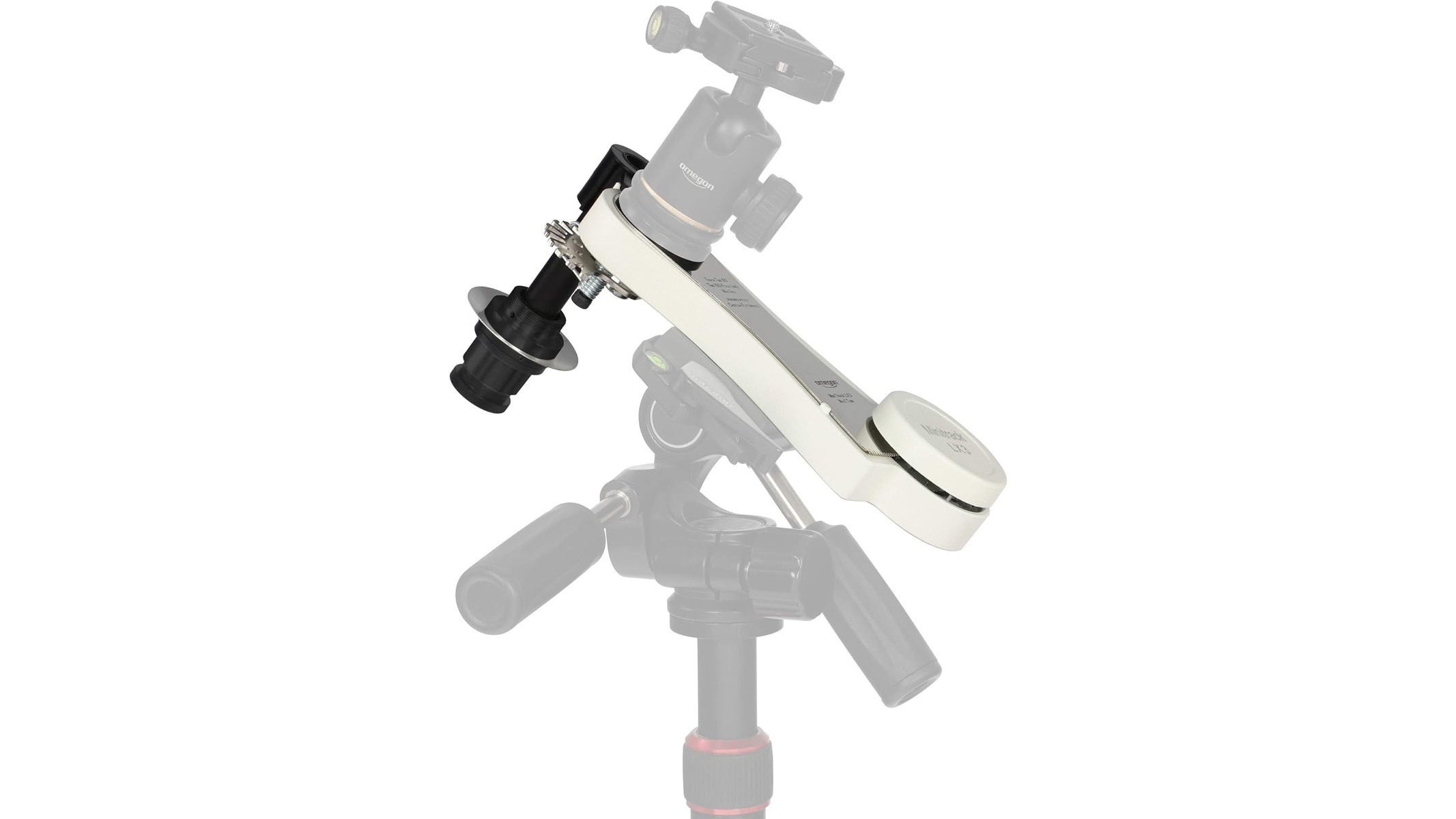
Omegon LX3
Our expert review:
Specifications
Reasons to buy
Reasons to avoid
✅ You shoot in cold temperatures: There are no electronics or batteries, so it can handle colder climates.
❌ You're a beginner: Alignment is easier on electronic star trackers.
🔎 Omegon LX3: A mechanical star tracker with a clockwork heart that tracks for 60 minutes at a time, requiring no power, batteries or electronics. It's small, lightweight and perfect for travelling to colder climates. ★★★★
While some star trackers have much better battery lives than others, you ultimately still have to worry about keeping it charged. What if you want to obliterate the need for any sort of charging? What if you had a star tracker that was completely mechanical, with no electronics at all inside of it? Introducing the Omegon LX3 star tracker, the perfect choice for absolutely traditionalists.
The Omegon LX3 star tracker works by using a mechanical clockwork "heart". It ticks 130-135 times a minute for 60 minutes, keeping its movement in line with the Earth's rotation. You "power" it up by winding it, rather like an analogue clock — and that's all there is to it.
There are plenty of benefits to having a mechanical star tracker. Having no electronics means you can use this in extreme weather conditions, so if you're heading out to somewhere extremely cold you don't have to worry about it no longer working. You also don't need to concern yourself with charging it up and ensuring you have enough power
This star tracker is lightweight and compact, perfect for travelling. Instead of a counterweight, it uses a suspension system that serves the same purpose. Impressively, it weighs just 1.43 lbs / 650g and can carry up to 6.61 lbs / 3kg — over 4.5 times its weight. Omegon says you can use longer, heavier lenses with it, but since we haven't yet tested it ourselves, we can't confirm or deny this claim. Look out for our upcoming review.
Attributes | Notes |
|---|---|
Design | Small and lightweight. |
Performance | Can track for 60 minutes. |
Functionality | No electronics — all mechanical. |
Frequently Asked Questions
What is a star tracker in photography?
A star tracker is a small, motorized mount that sits between a camera and a tripod. The star tracker rotates the camera at the same rate as the Earth, which prevents star trails that would otherwise be captured during long exposure shots of the night sky.
Star trackers are useful for a variety of scenarios, from taking astro shots of the Milky Way with a wide-angle lens or using a telephoto lens to shoot deep sky objects such as nebulas, galaxies, star clusters and more.
What should I look for in a camera star tracker?
Not all star trackers are built equal. While they all sit between your tripod and camera, they vary considerably in size, weight and design.
The most important factor to consider is that different star trackers can handle different payloads (in other words, the weight of your combined kit), so you'll want to choose your tracker according to how heavy your camera and lens are.
Some star trackers work well for telephoto lenses pointed at specific targets, while others are best suited for shorter wide-angle lenses (used for capturing the Milky Way, for example).
As well as their payload capacity, different brands and models of star trackers have varying levels of accuracy. More premium models will cost you more but will also deliver much more accurate images.
What is the best star tracker I can buy?
We think the Benro Polaris is the best star tracker overall because it's easy to align, has a camera interface controller and an excellent build quality. However, it is also the most expensive option in this guide, so it won't suit those on a budget.
For those whose budget doesn't stretch that far, we'd recommend the iOptron SkyGuider Pro. This tracker can accommodate a heavy payload of up to 5 kg, is suitable for deep sky astrophotography, and has a payload high enough to cope with longer telephoto lenses.
Do I need any other camera accessories before using my star tracker?
Before taking your first astrophotograph with a star tracker you will need: A camera, lens, tripod and tripod head. A remote shutter release or intervalometer is not compulsory but recommended, as it triggers the camera without you having to touch it, preventing camera shake blur. You may also want to consider other camera accessories like a headlamp or power bank to help on your shoots.
What is a star tracker's maximum payload?
A star tracker's maximum payload is how much weight it can reliably support. This would be the combined maximum weight of your camera, lens and any camera accessories you use, such as a tripod head.
As well as checking your star tracker's maximum payload, you'll also want to assess the load-bearing ability of your tripod to check it can cope with the weight of all the gear plus the star tracker. If in doubt, go for bigger capacity mounts because as a rule of thumb, it's best to have your rig's total weight be about half of the mount's capacity.
Update log
Going forward this log will be used to record major updates to this page such as removal or addition of products, updates about celestial events and new technical information from our experts.
How we test the best star trackers for astrophotography
To guarantee you're getting honest, up-to-date recommendations on the best star trackers for astrophotography to buy here at Space.com we make sure to put every star tracker through a rigorous review to fully test each instrument. Each star tracker is reviewed based on a multitude of aspects, from its construction and design, to how well it functions in the field.
Each star tracker is carefully tested by expert staff or knowledgeable freelance contributors who know their subject areas in depth. This ensures fair reviewing is backed by personal, hands-on experience with each star tracker and is judged based on its price point, class and destined use.
We look at how easy it is to set up, whether the star tracker mounts are reliable and quiet, if a star tracker comes with appropriate accessories and also make suggestions if a particular star tracker would benefit from any additional kit to give you the best astrophotography experience possible.
With complete editorial independence, Space.com are here to ensure you get the best buying advice on star trackers, whether you should purchase an instrument or not, making our buying guides and reviews reliable and transparent.
Breaking space news, the latest updates on rocket launches, skywatching events and more!

Jamie is an experienced science, technology and travel journalist and stargazer who writes about exploring the night sky, solar and lunar eclipses, moon-gazing, astro-travel, astronomy and space exploration. He is the editor of WhenIsTheNextEclipse.com and author of A Stargazing Program For Beginners, and is a senior contributor at Forbes. His special skill is turning tech-babble into plain English.
- Chris McMullenContributing Writer
- Kimberley LaneContributing writer
- Harry BennettE-commerce Staff Writer
